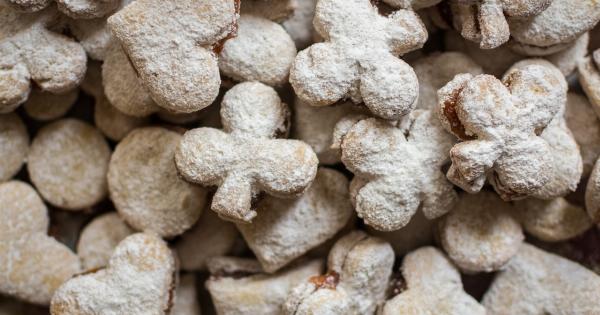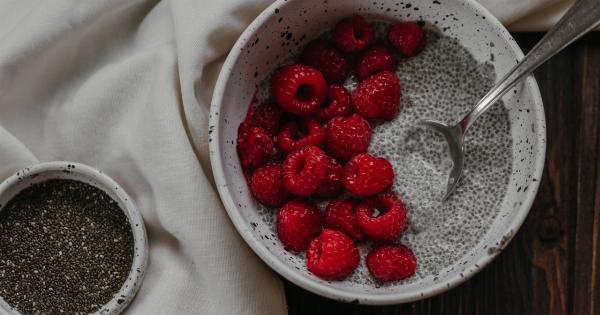The Pegan diet is a relatively new diet that has recently gained popularity. The Pegan diet is a combination of two diets: the Paleo diet and the Vegan diet.
The goal of the Pegan diet is to combine the best parts of the Paleo diet and the Vegan diet to create a healthy and nutritious diet that promotes optimal health and well-being.
What is the Paleo diet?
The Paleo diet is based on the idea that our bodies evolved over millions of years to eat a certain type of diet. The Paleo diet is based on the idea that our ancestors ate a diet that consisted of meat, fish, vegetables, fruits, nuts, and seeds.
The Paleo diet eliminates all processed foods, grains, legumes, and dairy products. The Paleo diet is known for its high protein and low carbohydrate content. The goal of the Paleo diet is to eat in a way that mimics the diet of our ancestors and promotes optimal health and well-being.
What is the Vegan diet?
The Vegan diet is a plant-based diet that eliminates all animal products, including meat, fish, dairy products, and eggs. The Vegan diet is based on the idea that a plant-based diet is the most healthy and environmentally sustainable diet.
The Vegan diet is known for its high fiber and low fat content. The goal of the Vegan diet is to eat in a way that promotes optimal health and well-being while minimizing harm to the environment and animals.
What are the benefits of the Pegan diet?
The Pegan diet combines the best parts of the Paleo diet and the Vegan diet to create a healthy and nutritious diet that promotes optimal health and well-being. The benefits of the Pegan diet include:.
- Improved digestion and gut health
- Reduced inflammation and pain
- Increased energy and vitality
- Reduced risk of chronic diseases, such as heart disease, diabetes, and cancer
- Improved immune function
- Weight loss and weight management
What foods are allowed on the Pegan diet?
The Pegan diet emphasizes whole, nutrient-dense foods that are minimally processed. The Pegan diet allows the following foods:.
- Meat and fish from sustainably raised or wild-caught sources
- Organic fruits and vegetables
- Nuts and seeds
- Healthy fats, such as avocado and olive oil
- Legumes in moderation
- Gluten-free grains in moderation, such as rice and quinoa
What foods are not allowed on the Pegan diet?
The Pegan diet eliminates all processed foods, including refined sugars, refined oils, and additives. The Pegan diet also eliminates dairy products, gluten-containing grains, and most legumes. The following foods are not allowed on the Pegan diet:.
- Processed foods
- Refined sugars and artificial sweeteners
- Refined oils and trans fats
- Dairy products
- Gluten-containing grains, such as wheat, barley, and rye
- Most legumes, such as soybeans, peanuts, and lentils
How to start the Pegan diet?
Here are some steps to start the Pegan diet:.
- Start by eliminating processed foods, refined sugars, and refined oils from your diet.
- Gradually increase your intake of fruits, vegetables, nuts, seeds, and healthy fats.
- Choose meat and fish from sustainably raised or wild-caught sources.
- Eliminate dairy products, gluten-containing grains, and most legumes from your diet.
- Gradually increase your intake of gluten-free grains and legumes.
- Listen to your body and adjust your diet as needed.
Sample Pegan diet meal plan
Here is a sample Pegan diet meal plan:.
- Breakfast: Avocado and egg on gluten-free toast with a side of berries
- Lunch: Grilled chicken salad with mixed greens, vegetables, and avocado
- Dinner: Wild-caught salmon with roasted vegetables and side of quinoa
- Snacks: Apple with almond butter, carrot sticks with hummus
Conclusion
The Pegan diet is a healthy and nutritious diet that combines the best parts of the Paleo diet and the Vegan diet to promote optimal health and well-being. The Pegan diet emphasizes whole, nutrient-dense foods that are minimally processed.
The Pegan diet can help improve digestion, reduce inflammation, and reduce the risk of chronic diseases. If you’re interested in trying the Pegan diet, start by gradually eliminating processed foods and increasing your intake of fruits, vegetables, nuts, seeds, and healthy fats.






























